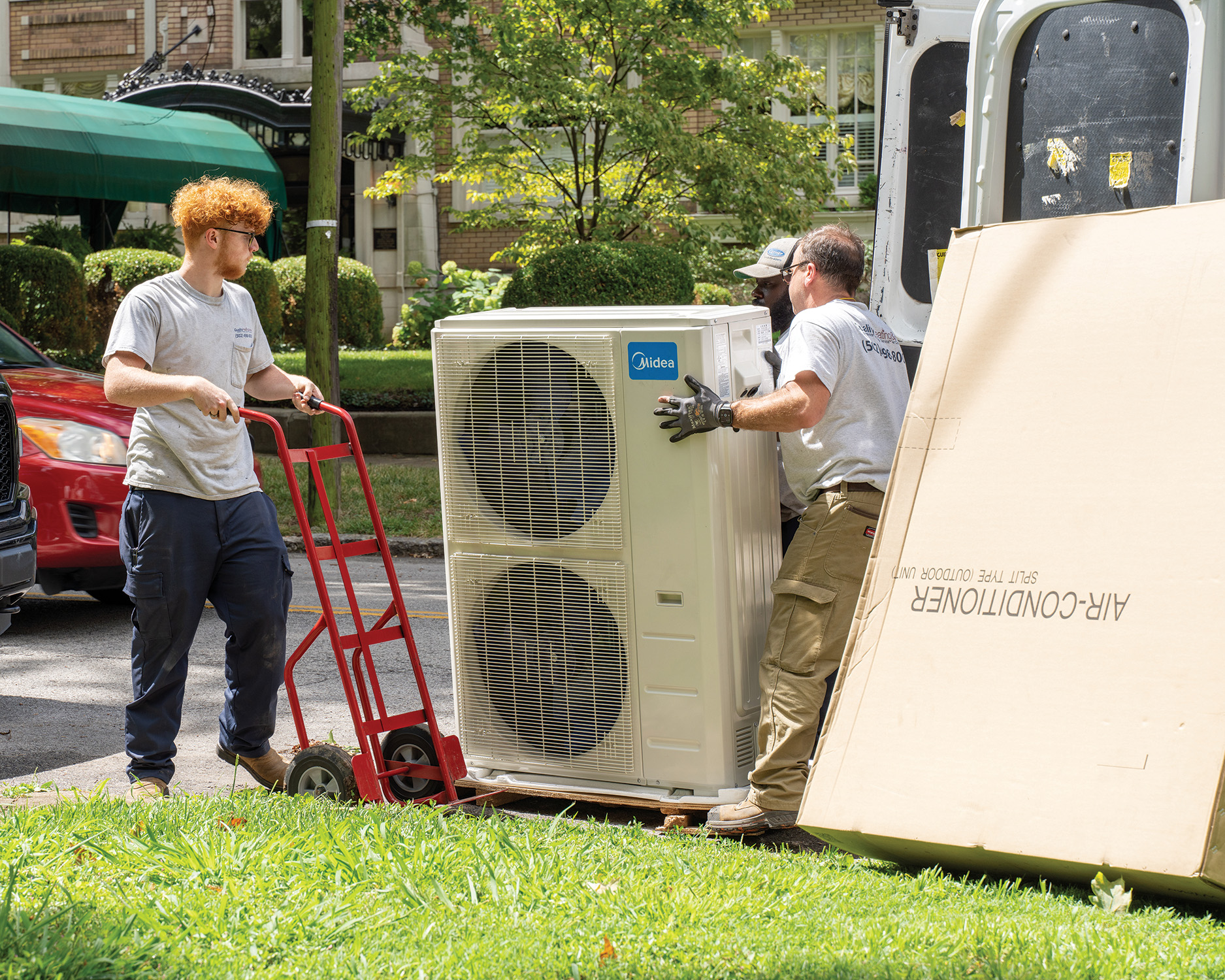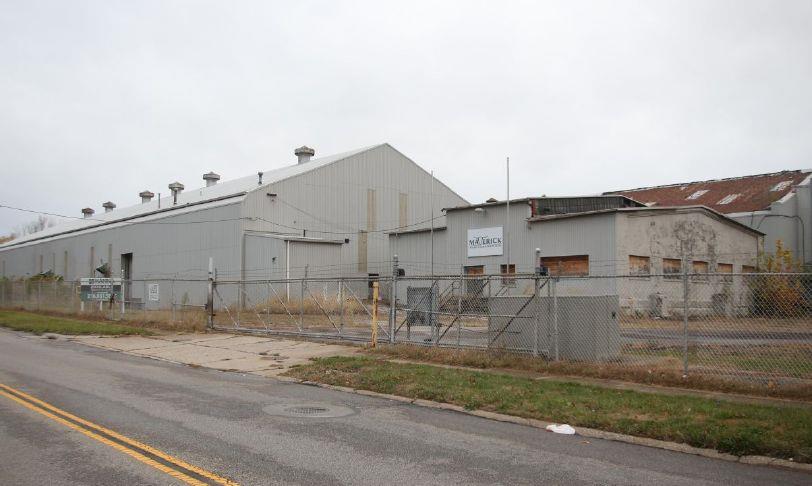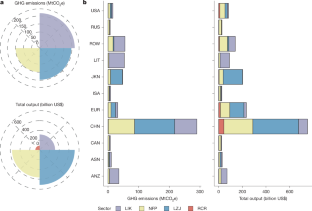Report on Household Energy Efficiency and its Contribution to Sustainable Development Goals
Executive Summary
A significant disparity exists between homeowner interest in energy efficiency (71%) and the perceived efficiency of their homes (less than 35%). With heating and cooling accounting for 50-60% of total household energy use, residential energy consumption presents a critical area for improvement. This report outlines actionable strategies for enhancing home energy efficiency, directly aligning with and advancing key United Nations Sustainable Development Goals (SDGs), including SDG 7 (Affordable and Clean Energy), SDG 11 (Sustainable Cities and Communities), and SDG 13 (Climate Action).
Advancing SDG 7: Affordable and Clean Energy
Improving household energy efficiency is fundamental to achieving SDG Target 7.3, which aims to double the global rate of improvement in energy efficiency. By reducing energy demand at the consumer level, households can lower utility costs, making energy more affordable while promoting cleaner energy systems.
- Technology Adoption: Upgrading to high-efficiency heat pumps can reduce heating costs by up to 50%, providing an affordable and cleaner alternative to outdated systems.
- System Optimization: The use of smart thermostats can automate energy savings, reducing consumption and contributing to the goal of affordable energy for all.
- Accessibility: New technologies, such as all-climate heat pumps and compact packaged window heat pumps, expand access to efficient heating and cooling solutions for diverse housing types, including multifamily dwellings.
Fostering SDG 11: Sustainable Cities and Communities
Widespread adoption of energy-efficient practices in homes is essential for creating sustainable, resilient, and inclusive communities as outlined in SDG 11. Efficient homes reduce the overall strain on municipal energy grids and contribute to more sustainable housing.
- Sustainable Housing: Reducing a home’s energy consumption lowers its operational costs and environmental footprint, contributing to SDG Target 11.1 on adequate and affordable housing.
- Resilient Infrastructure: Lower aggregate energy demand from residential sectors supports a more reliable and stable energy grid, a cornerstone of sustainable community infrastructure.
- Reduced Environmental Impact: By consuming less energy, households help reduce the overall environmental impact of cities and human settlements, aligning with SDG Target 11.6.
Supporting SDG 13: Climate Action
Residential energy efficiency is a direct and impactful form of climate action. Reducing energy consumption in homes, particularly for heating and cooling, significantly lowers greenhouse gas emissions and helps mitigate the effects of climate change.
- Emission Reduction: Sealing air leaks can prevent up to 30% of a home’s heating loss, directly reducing the fuel or electricity required and thereby cutting carbon emissions.
- Decarbonization of Buildings: Investing in modern electric heat pumps facilitates the transition away from fossil-fuel-based heating systems, a critical step in decarbonizing the residential sector.
- Collective Impact: Individual household actions, when aggregated, make a substantial contribution to meeting national and international climate goals.
Actionable Recommendations for Homeowners
To achieve these sustainability objectives, homeowners can implement the following measures:
- Improve the Building Envelope: Seal air leaks around windows, doors, and attics with weatherstripping and caulk. Adding attic insulation provides a significant return on investment through energy savings.
- Optimize Climate Control: Install a programmable or smart thermostat to automatically adjust heating and cooling schedules for optimal efficiency.
- Maintain HVAC Systems: Replace HVAC filters regularly, particularly during peak seasons, to ensure efficient airflow and reduce system strain.
- Invest in High-Efficiency Technology: Replace aging systems with modern, high-efficiency heat pumps. Seek out models with a Controls Verification Procedure (CVP) rating to ensure performance translates to real-world savings.
- Leverage Financial Incentives: Utilize federal, state, and local utility rebate programs to make the initial investment in energy-efficient upgrades more affordable.
Analysis of Sustainable Development Goals in the Article
1. Which SDGs are addressed or connected to the issues highlighted in the article?
The article on home energy efficiency addresses several interconnected Sustainable Development Goals (SDGs) by focusing on reducing energy consumption, improving housing sustainability, and promoting affordable, clean technology.
- SDG 7: Affordable and Clean Energy: This is the most prominent SDG in the article. The entire text is dedicated to providing homeowners with practical steps and technologies (like heat pumps and smart thermostats) to improve energy efficiency, lower utility bills, and thus make energy more affordable and sustainable.
- SDG 11: Sustainable Cities and Communities: The article’s focus is on improving the energy performance of residential buildings, including single-family homes, apartments, and multifamily housing. By making homes more efficient, it contributes to creating more sustainable and resilient living spaces within communities.
- SDG 12: Responsible Consumption and Production: The article encourages a shift in consumption patterns among homeowners. It empowers them to “take charge of their energy use” and make more responsible choices regarding energy consumption, which is a key aspect of this goal.
- SDG 13: Climate Action: Improving energy efficiency is a critical strategy for climate change mitigation. By reducing household energy demand, especially from heating and cooling which rely heavily on fossil fuels in many regions, the recommended actions directly contribute to lowering greenhouse gas emissions. The mention of government rebates also points to policy-level actions to combat climate change.
2. What specific targets under those SDGs can be identified based on the article’s content?
The article provides information that directly relates to several specific targets under the identified SDGs.
- Under SDG 7 (Affordable and Clean Energy):
- Target 7.3: “By 2030, double the global rate of improvement in energy efficiency.” The article is fundamentally about this target. It details numerous ways to improve energy efficiency in homes, from simple DIY fixes like sealing air leaks to technological upgrades like installing high-efficiency heat pumps.
- Target 7.1: “By 2030, ensure universal access to affordable, reliable and modern energy services.” The article’s emphasis on cutting utility bills, saving money (e.g., “$180 per year” with a smart thermostat), and using rebate programs to make upgrades “more affordable” directly supports the goal of making energy services more affordable for families.
- Under SDG 11 (Sustainable Cities and Communities):
- Target 11.6: “By 2030, reduce the adverse per capita environmental impact of cities…” Since heating and cooling account for “50-60% of total household energy use,” reducing this consumption through the suggested efficiency measures directly lowers the environmental footprint of individual households, contributing to the overall reduction of the city’s impact.
- Under SDG 12 (Responsible Consumption and Production):
- Target 12.2: “By 2030, achieve the sustainable management and efficient use of natural resources.” The article promotes the efficient use of energy, a critical natural resource, at the consumer level by providing actionable advice for homeowners to reduce waste.
- Under SDG 13 (Climate Action):
- Target 13.2: “Integrate climate change measures into national policies, strategies and planning.” The mention of “Federal, state and local utility programs” that offer rebates for energy-efficient upgrades is a direct example of how climate change mitigation measures (promoting energy efficiency) are integrated into public and corporate policy.
3. Are there any indicators mentioned or implied in the article that can be used to measure progress towards the identified targets?
Yes, the article mentions several specific statistics and metrics that can serve as indicators to measure progress towards the identified targets.
- Indicator for Target 7.3 (Energy Efficiency):
- Percentage of household energy used for heating and cooling: The article states this is “50-60%,” which serves as a baseline. Progress can be measured by a reduction in this percentage.
- Percentage of heating loss from air leaks: The figure of “up to 30%” provides a quantifiable area for improvement. Measuring the reduction in air leakage in homes would indicate progress.
- Percentage of homes that are under-insulated: The article notes “more than half of U.S. homes remain under-insulated.” A decrease in this percentage would be a clear indicator of progress.
- Adoption rate of energy-efficient technologies: The promotion of specific technologies like high-efficiency heat pumps and smart thermostats implies that tracking their installation and use is a key indicator. The mention of the “CVP rating” suggests a standard for measuring the real-world efficiency of these technologies.
- Indicator for Target 7.1 (Affordable Energy):
- Household expenditure on energy: The article explicitly mentions ways to “lower utility bills” and “cut heating costs by up to 50%.” Tracking the average household energy bill or the percentage of income spent on energy would be a direct indicator of affordability.
- Annual cost savings: The specific claim of saving “up to $180 per year” with a smart thermostat is a measurable financial indicator.
4. Summary Table of SDGs, Targets, and Indicators
| SDGs | Targets | Indicators Identified in the Article |
|---|---|---|
| SDG 7: Affordable and Clean Energy | 7.3: Double the rate of improvement in energy efficiency. 7.1: Ensure access to affordable and modern energy. |
|
| SDG 11: Sustainable Cities and Communities | 11.6: Reduce the adverse per capita environmental impact of cities. |
|
| SDG 12: Responsible Consumption and Production | 12.2: Achieve the sustainable management and efficient use of natural resources. |
|
| SDG 13: Climate Action | 13.2: Integrate climate change measures into policies and planning. |
|
Source: markets.financialcontent.com







